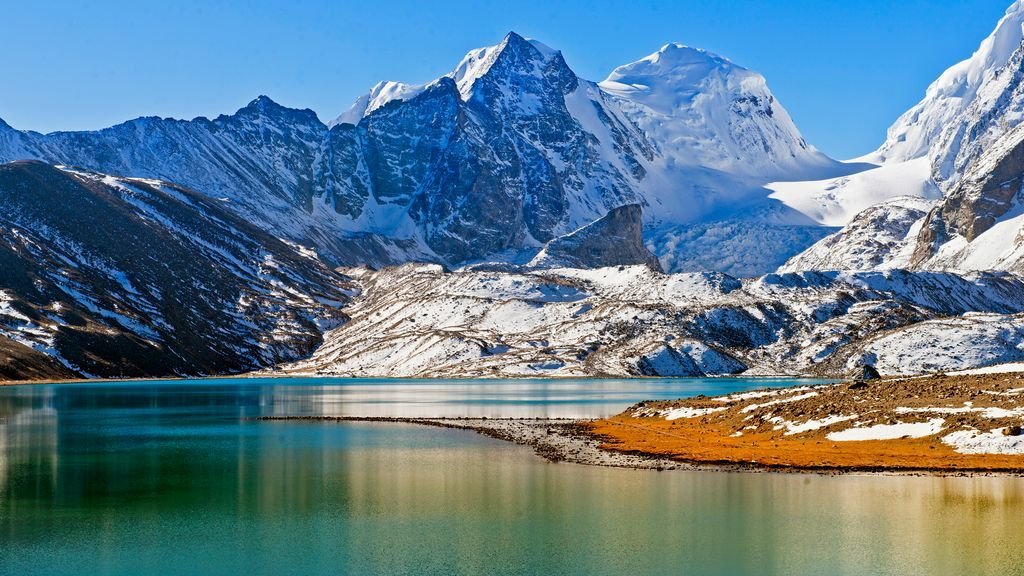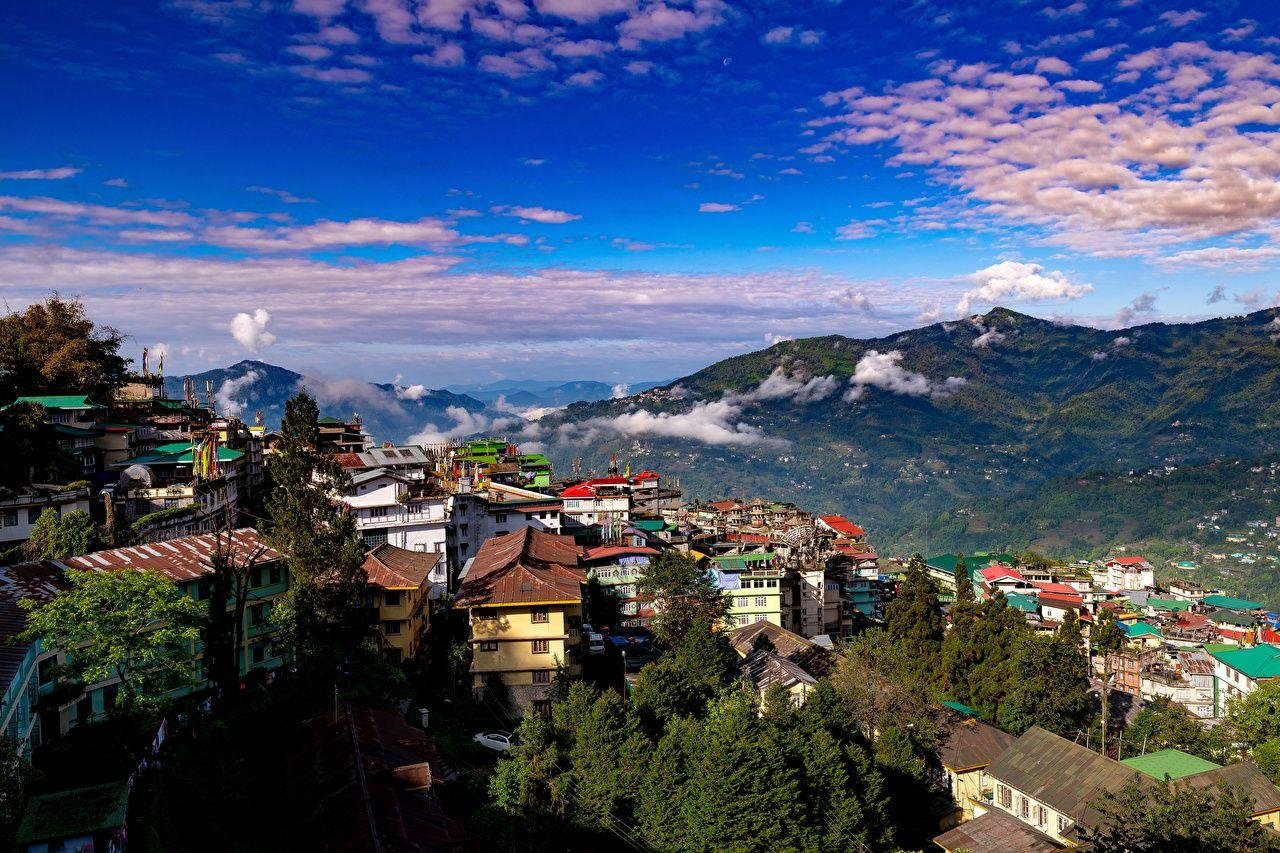India is home to some of the world’s most breathtaking landscapes, making it a haven for trekking enthusiasts. From the snow-capped peaks of the Himalayas to the lush green trails of the Western Ghats, Trekking in India offers unmatched diversity, adventure, and natural beauty. Whether you’re a beginner or an experienced trekker, the trails across India cater to all levels of fitness and experience.
In this blog, we’ll explore why Trekking in India is a must-do experience, the best trekking regions, essential tips, and everything you need to plan a memorable trekking journey.
Why Choose Trekking in India?
Trekking in India is not just an adventure activity; it’s a journey into the soul of nature. The country offers:
- Diverse terrains: From deserts and forests to snowy mountains and coastal paths.
- Cultural richness: Treks often pass through remote villages, monasteries, and historical sites.
- Spiritual experience: Many trails have religious significance, offering spiritual introspection.
- Affordable options: Compared to many other countries, trekking in India is budget-friendly.
With all this, Trekking in India becomes an experience that’s as enriching as it is thrilling.
Top Regions for Trekking in India
Let’s look at the most popular and scenic places for Trekking in India, covering different parts of the country:
1. Himachal Pradesh
Himachal Pradesh is one of the most famous regions for Trekking in India, known for its high-altitude mountain trails and scenic valleys.
- Triund Trek: A short and easy trek from McLeod Ganj offering stunning views of the Dhauladhar range.
- Hampta Pass Trek: A moderate trek that takes you through changing landscapes—from pine forests to glacial valleys.
- Pin Parvati Pass: One of the most challenging treks for seasoned hikers.
Himachal’s trails are open between May and October, depending on the altitude and weather conditions.
2. Uttarakhand
The Garhwal and Kumaon regions of Uttarakhand are legendary in the world of Trekking in India. They offer religious routes as well as wild, untouched nature trails.
- Valley of Flowers: A UNESCO World Heritage site known for its colorful alpine blooms.
- Kedarkantha Trek: Perfect for winter trekking with snow-covered trails and panoramic mountain views.
- Roopkund Trek: Known for the mysterious Skeleton Lake and steep ridges.
Uttarakhand is ideal for those who want a mix of adventure and spiritual experience while Trekking in India.
3. Ladakh
Ladakh is a desert in the sky and a dream destination for high-altitude Trekking in India.
- Chadar Trek: A unique winter trek on the frozen Zanskar River.
- Markha Valley Trek: Crosses several rivers and passes with views of Buddhist monasteries and rugged landscapes.
- Stok Kangri: A technical climb that requires preparation and acclimatization.
Due to the altitude, physical fitness and acclimatization are key when trekking in Ladakh.
4. Sikkim and North East India
Sikkim, Nagaland, and Arunachal Pradesh are emerging destinations for Trekking in India, offering pristine and less commercialized trails.
- Goechala Trek (Sikkim): Offers a stunning view of Mount Kanchenjunga.
- Dzukou Valley Trek (Nagaland): Known for its rolling hills and seasonal flowers.
- Mechuka Trek (Arunachal): Takes you through traditional tribal villages and untouched wilderness.
These areas are ideal for those who want to explore the quieter and more serene side of Trekking in India.
5. Western Ghats
The Western Ghats in Maharashtra, Karnataka, and Kerala provide lush green trails and pleasant weather, especially during and after the monsoon.
- Kudremukh Trek (Karnataka): Known for its rolling meadows and biodiversity.
- Rajmachi Fort Trek (Maharashtra): A monsoon favorite with waterfalls and lush green hills.
- Chembra Peak Trek (Kerala): Offers a heart-shaped lake and views of tea estates.
Western Ghats are perfect for weekend getaways and beginners exploring Trekking in India.
Best Time for Trekking in India
- Summer (April to June): Ideal for treks in Himachal Pradesh, Uttarakhand, and Sikkim.
- Monsoon (July to September): Best for Western Ghats and valley treks like Valley of Flowers.
- Winter (December to February): Great for snow treks like Kedarkantha, Chadar, and Dayara Bugyal.
The best time for Trekking in India depends on the region and weather. Always check local conditions before planning your trip.
Essential Tips for Trekking in India
If you’re new to Trekking in India, here are some must-know tips to keep in mind:
- Prepare Physically: Start exercising at least a month before the trek. Focus on cardio, stamina, and leg strength.
- Pack Smart: Carry only essentials. A good backpack, trekking shoes, layered clothing, first-aid, and water bottle are musts.
- Acclimatize Properly: Especially for high-altitude treks, spend a day or two getting used to the elevation.
- Hire Local Guides: For unfamiliar or challenging routes, always hire certified local guides.
- Respect Nature: Follow Leave No Trace principles. Don’t litter and avoid disturbing wildlife.
- Stay Hydrated: Drink plenty of water, even in cold weather.
- Inform Someone: Let a friend or family member know your trekking plans and expected return.
These precautions can make Trekking in India safer and more enjoyable.
Permits and Regulations
Certain treks in India, especially in border states like Sikkim and Arunachal Pradesh, require special permits. Foreign nationals may need to apply for Inner Line Permits (ILP) or Protected Area Permits (PAP). Make sure to:
- Check state tourism websites.
- Apply well in advance.
- Carry multiple photocopies of your ID.
Popular Trekking Events and Festivals
To add cultural flavor to your trekking trip, plan your travel around local events:
- Snow Leopard Trek Festival (Ladakh – Jan): Combines trekking with wildlife watching.
- Ziro Music Festival (Arunachal – Sept): Pair a local trek with one of India’s most unique music festivals.
- Valley of Flowers Opening (Uttarakhand – June): Witness the bloom season kick off with a spiritual vibe.
Festivals make Trekking in India even more colorful and engaging.
Eco-Tourism and Responsible Trekking
As tourism grows, so does its impact on fragile ecosystems. Practicing responsible trekking helps preserve these beautiful trails for future generations. Here’s how:
- Avoid single-use plastics.
- Carry your waste back.
- Support local businesses—stay in homestays, eat local food.
- Use eco-certified tour operators when possible.
Trekking for Every Skill Level
One of the biggest advantages of Trekking in India is that there’s something for everyone:
- Beginners: Triund, Rajmachi, Chembra Peak, Nag Tibba.
- Intermediate: Kedarkantha, Hampta Pass, Goechala, Valley of Flowers.
- Advanced: Pin Parvati, Rupin Pass, Stok Kangri, Chadar Trek.
Final Thoughts
Trekking in India is a life-changing experience. It’s not just about reaching the summit but about every step you take through forests, rivers, valleys, and snow. Whether you’re seeking solitude, nature, or a physical challenge, India’s trails offer it all.
Plan wisely, prepare well, and step into the raw, untamed beauty of India. With every trail, you’ll discover not just new landscapes, but new sides of yourself.








Leave a Reply